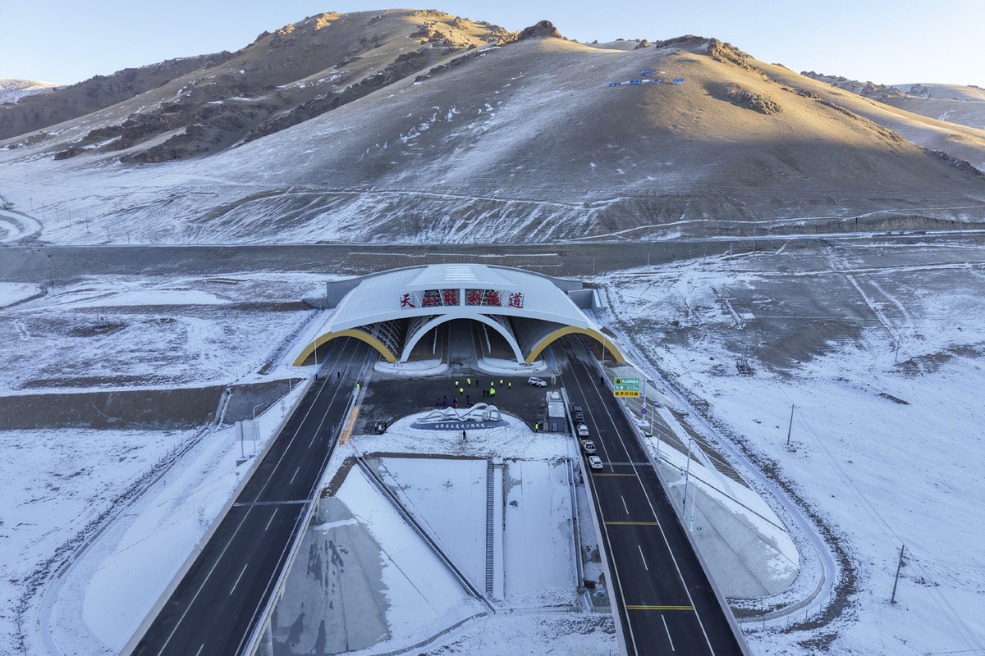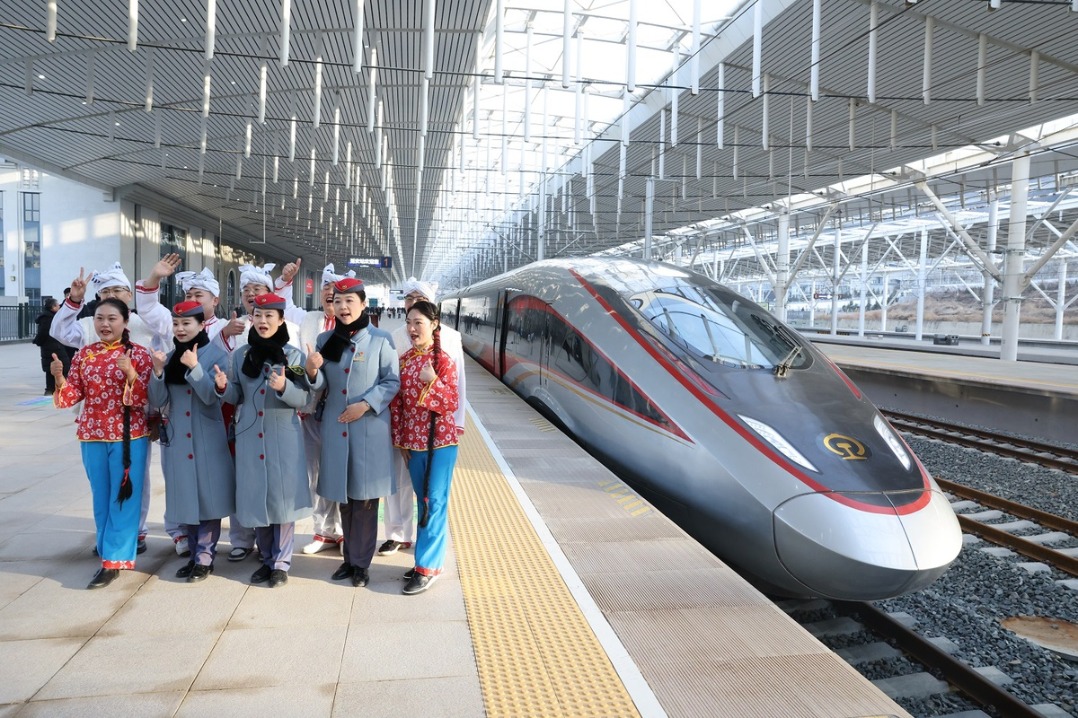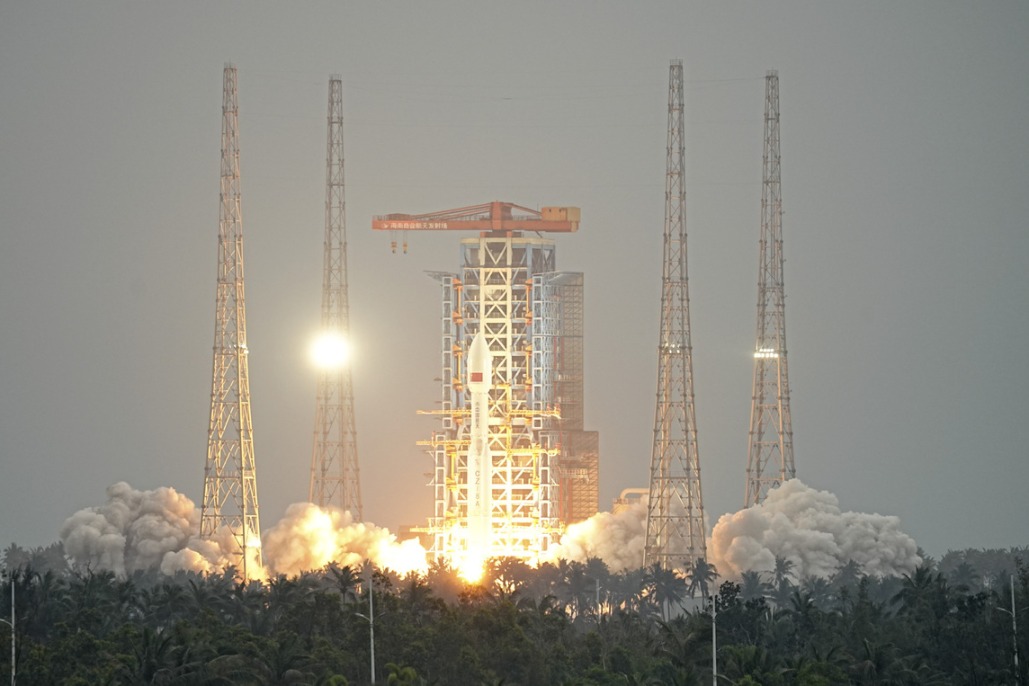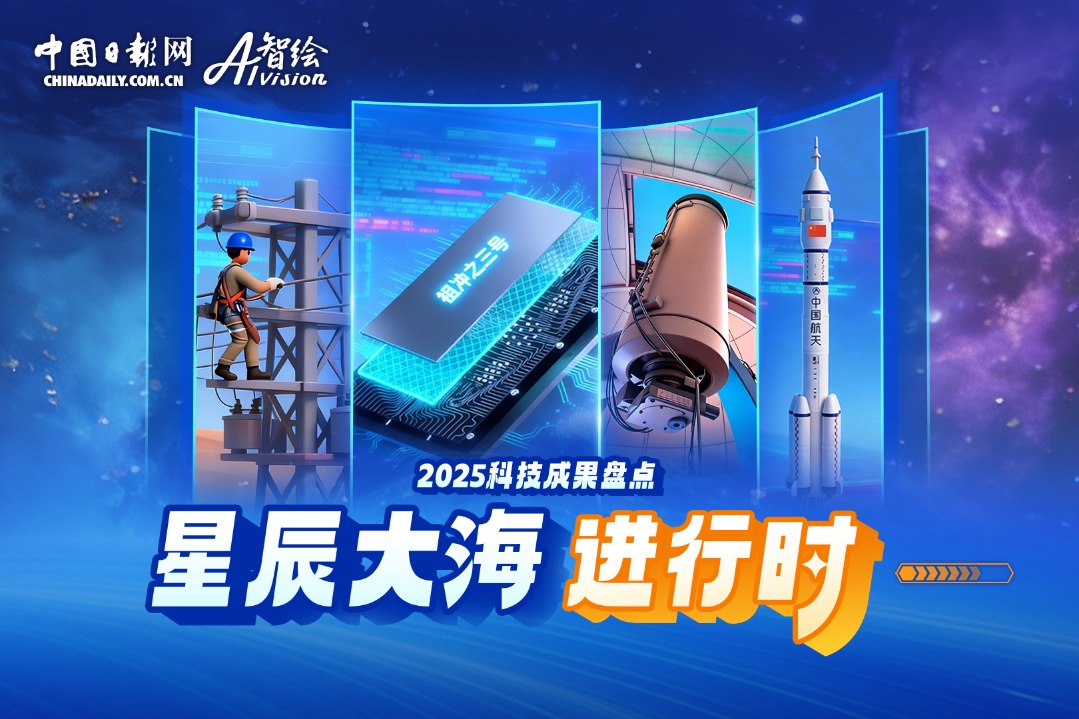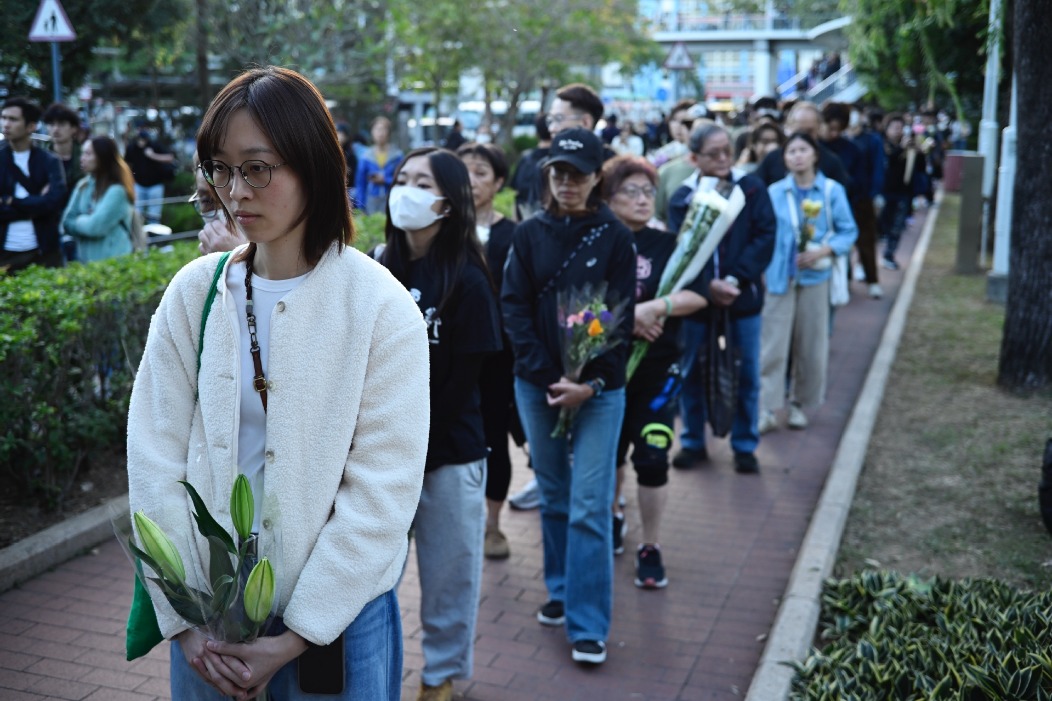Hydrogen fuel cell core component put into production in central China

BEIJING -- A production line of proton-exchange membranes, a core component of the hydrogen fuel cell, has been put into operation in Wuhan, capital of Central China's Hubei province.
The production line at the Hydrogen Energy Co., Ltd. is expected to churn out about 300,000 square meters of the material annually, said a report by Science and Technology Daily.
Powered by hydrogen energy, the hydrogen fuel cells can convert chemical energy into electricity through a chemical reaction between hydrogen and oxygen.
Hydrogen ions produced by the reaction are transported through a proton-exchange membrane. They form a loop with the electrons, thus providing electric current.
The membrane produced by the new production line has a thickness ranging from eight to 20 microns, which has good performance in proton conductivity, gas permeability and mechanical strength, the report said.
Previously, proton-exchange membranes in China were mainly imported. Last year, the Hydrogen Energy Co., Ltd. under the State Power Investment Corporation invested 7 billion yuan (about $1.1 billion) to develop fuel cell core components, including proton-exchange membrane, in Wuhan.
- Law aimed at bolstering standard Chinese language education passed
- Connecting cities, changing lives
- World's longest expressway tunnel opens to traffic
- Taiwan lawmakers vote to pass motion to impeach Lai
- Xi: Steadfastly implement conduct rules
- Beijing community leads the way in grassroots governance

















